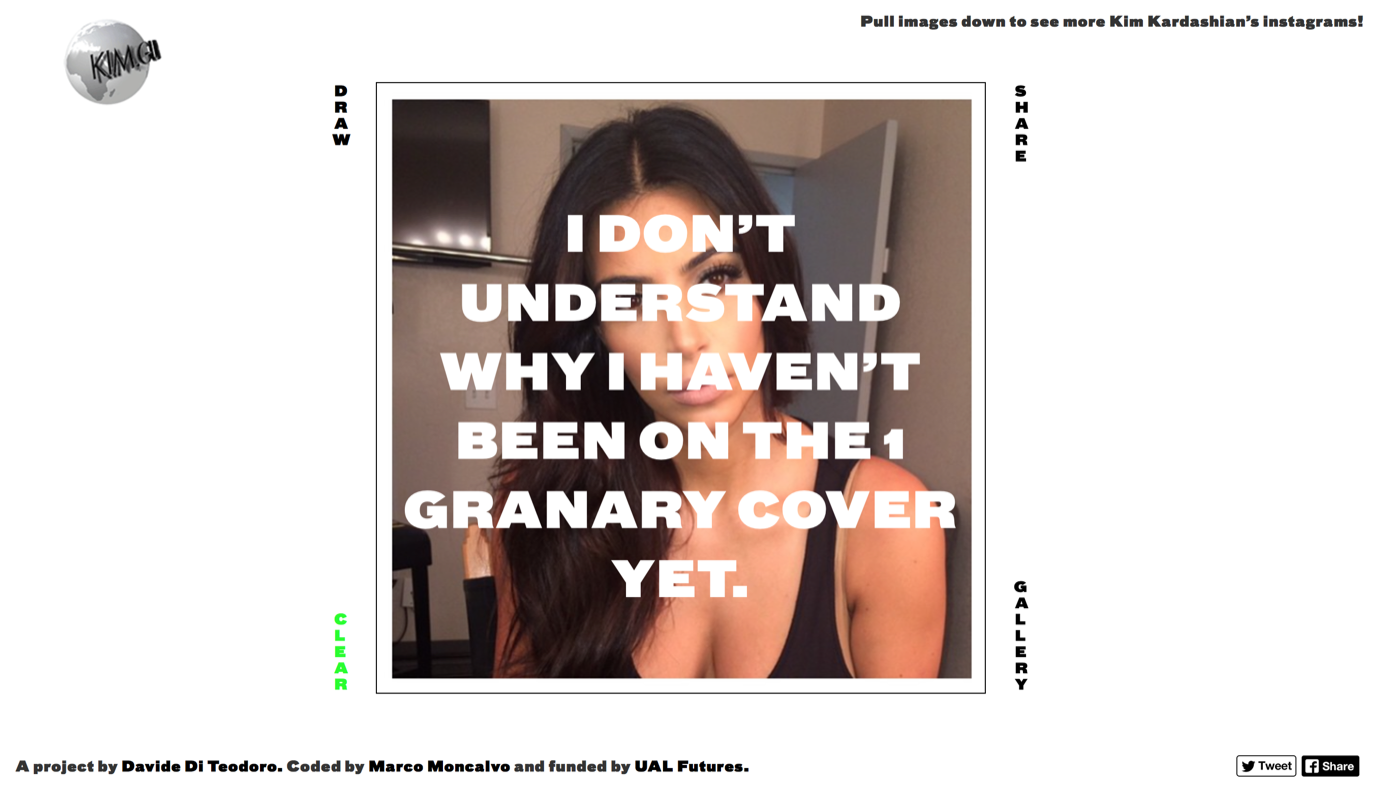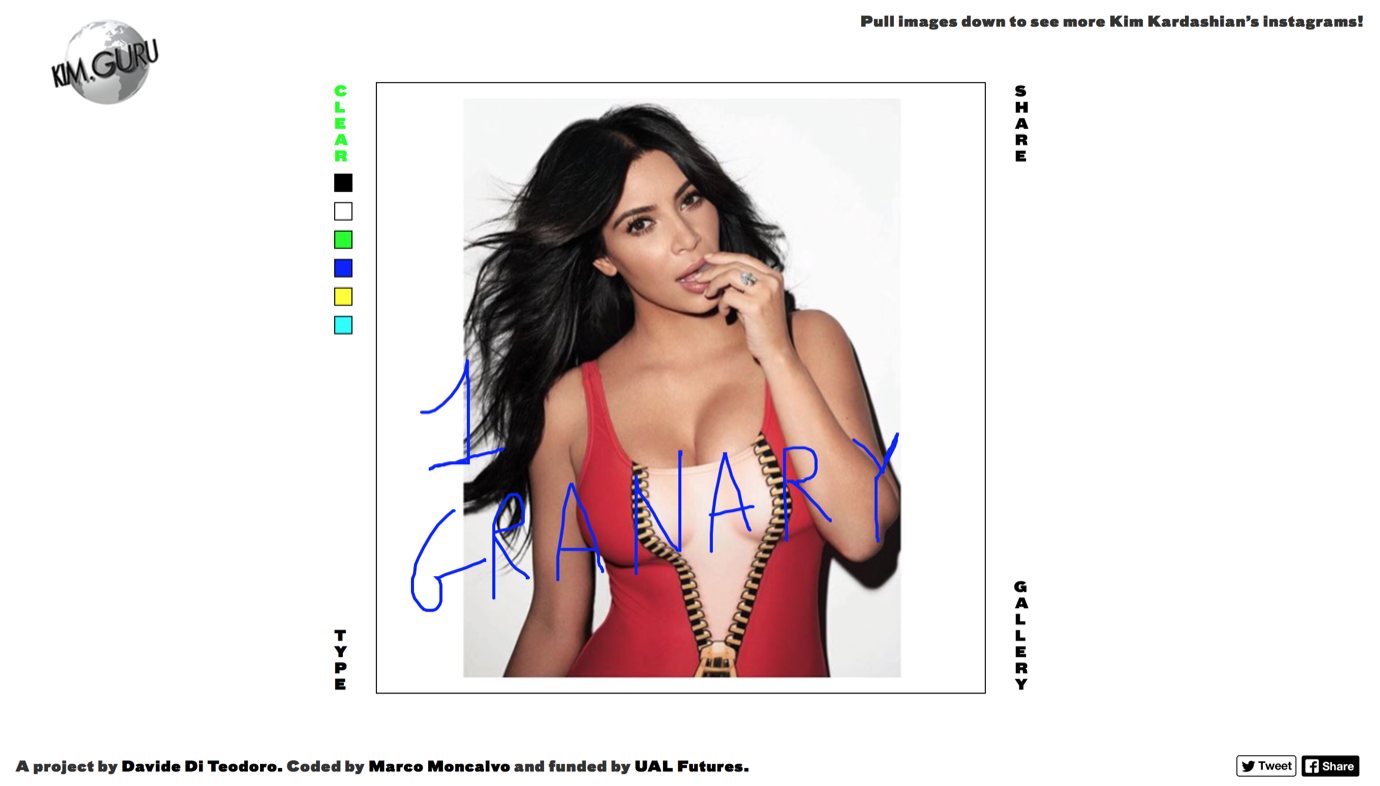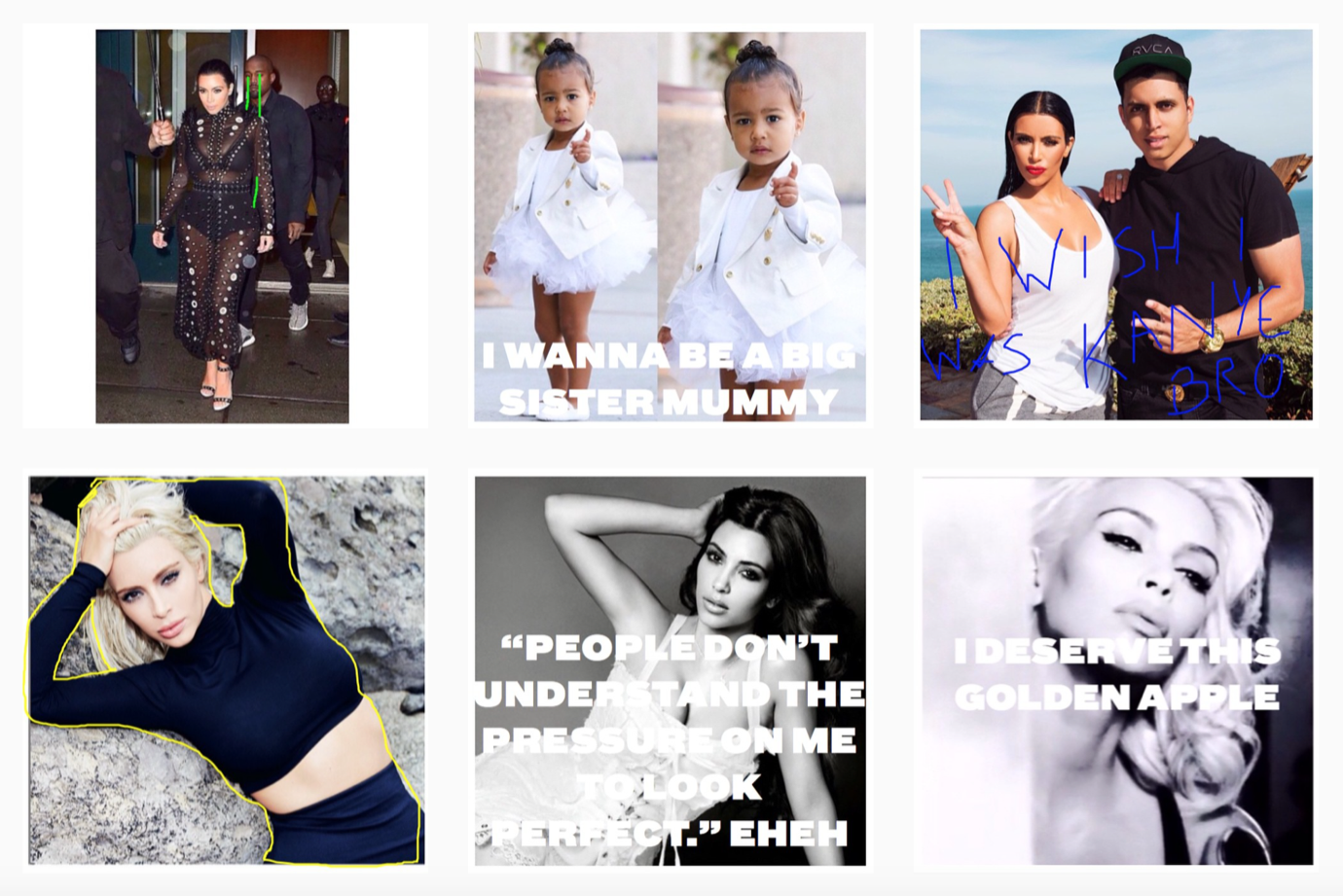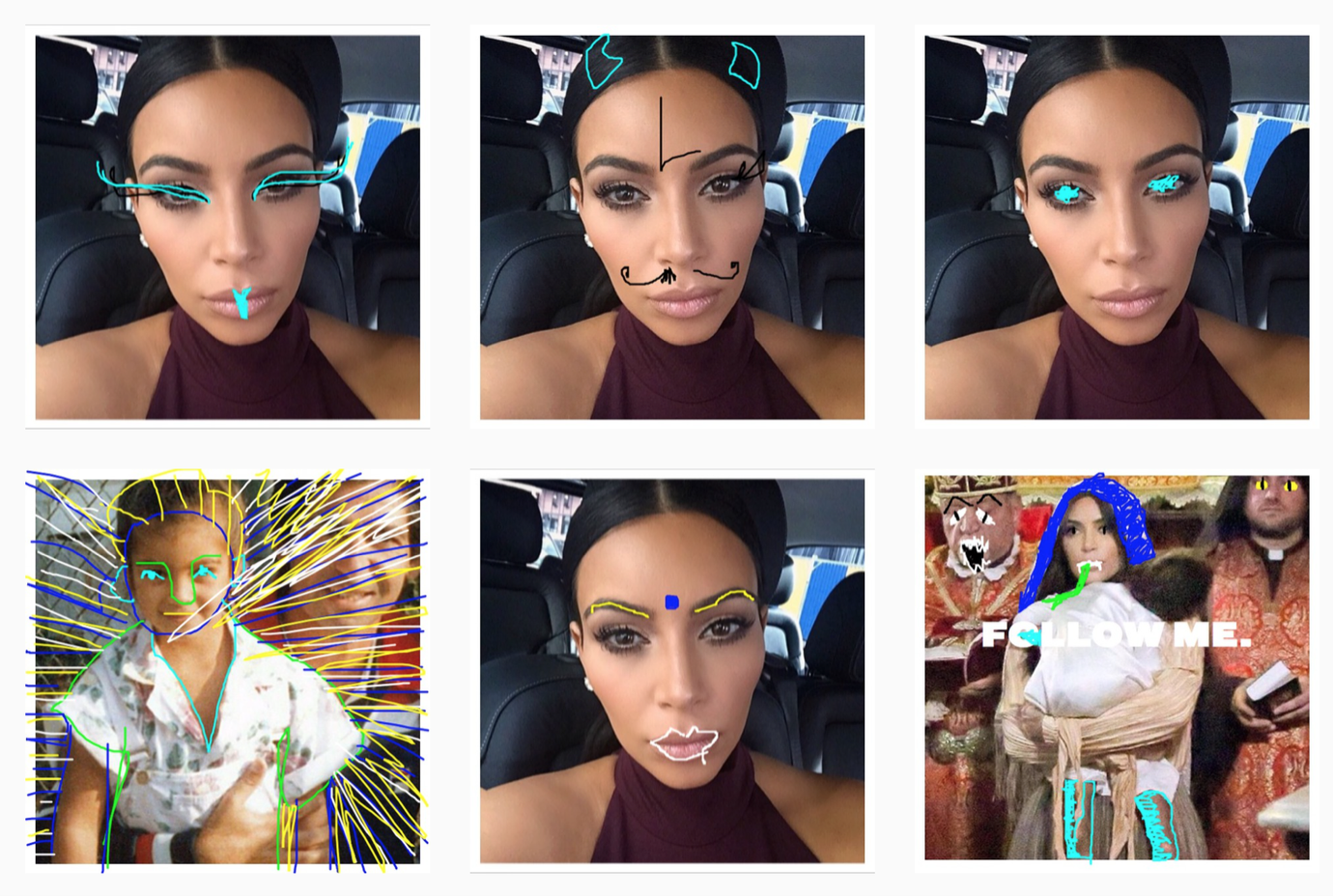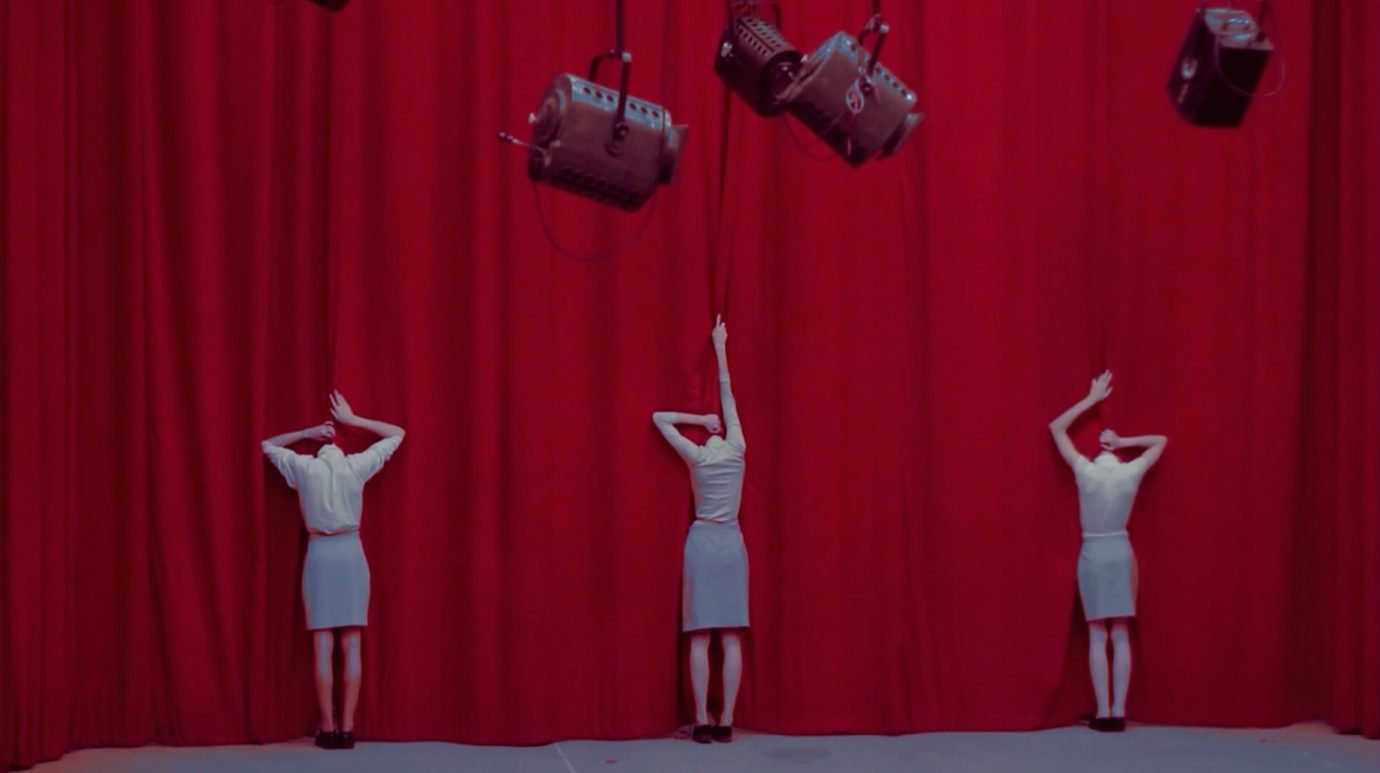“WE HAVE STARTED COMMUNICATING THROUGH IMAGES SO MUCH TO THE POINT THAT WE HAVE BECOME AN IMAGE OURSELVES.”
What led you to embark on an MA in Communication Design? What do you understand by such an idiom, and why does it attract you?
When I embarked onto this journey, I was fascinated by the mysterious yet paradoxical definition of Communication Design. No one really knows what this discipline actually is but only what it might be. I was fascinated by this paradox and ready to explore its potential within my — at the time — less clear practice. When I applied, I saw the discipline as an excuse to do whatever I wanted, as long as I was communicating. But anything you do communicates somehow, so it was more about defining what that ‘somehow’ was and giving a meaning to it. The body of work I produced in the last two years reflects such an attempt to define both my persona and the understanding of the discipline itself. I might sound arrogant — as I’ve been told lately — but Communication Design means anything and nothing at the same time. It means what you want it to mean: it’s up to you, it’s your call.
When did you first take interest in the dissemination and circulation of images online?
I have always been fascinated by the idea of visual culture and its articulation of the digital realm, but it wasn’t until I read Hito Steyerl’s “In Defense of the Poor Image” that I started thinking about how images circulate and what they do while e-disseminating. It’s a fascinating process, which involves many aspects of our daily life, which we rarely think of. We have started communicating through images so much to the point that we have become an image ourselves: we know through images, we date through images, we book through images, we buy through images, we judge through images — and this is a never ending list, isn’t it?
What happens, semiologically or otherwise, when images circulate so freely online?
We start thinking through them and, mainly, we evolve with them. On the Internet images are palimpsests, they’re multi-layered files that go through recursive processes of definition based on our acts of choice. Such choices produce meanings: we started semiologically producing meaning through all these processes of editing, posting, liking, re-blogging. Social networking dashboards have become the new agorà: we gaze, speak, talk, observe and think there.
“I THINK THAT ANYTHING YOU DO IS BASED ON SOMEONE ELSE’S WORK. THERE’S NOTHING NEW: CONSCIOUSLY OR NOT, WE REFERENCE TO SOMETHING WE SAW, WE LIKED OR WERE INSPIRED BY.”

